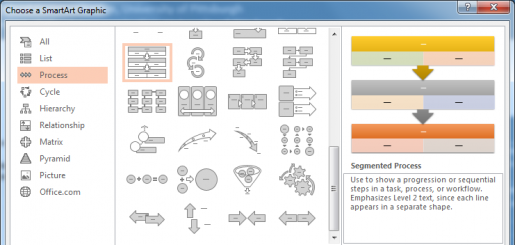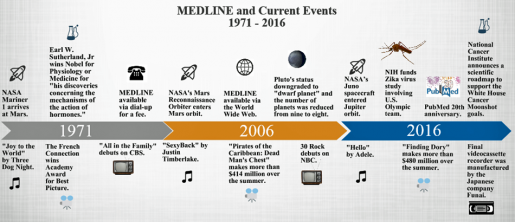The HSLS Staff News section includes recent HSLS presentations, publications, staff changes, staff promotions, degrees earned, etc.
News
Kate Flewelling, Health Professions Coordinator, NN/LM Middle Atlantic Region, received a Sewell Stipend from the Public Health/Health Administration Section of the Medical Library Association to attend the American Public Health Association Annual Meeting in Denver, CO, from October 30–November 2, 2016.
Publications
Author names in bold are HSLS-affiliated
M. Dasari, C.B. Wessel, HSLS Head of Research Initiatives, and G.G. Hamad, published “Prophylactic Mesh Placement for Prevention of Incisional Hernia after Open Bariatric Surgery: A Systematic Review and Meta-Analysis” in The American Journal of Surgery, 212(4): 615-622, October 2016.
Jonathon Erlen, History of Medicine Librarian, published “Dissertations on or Related to Sigmund Freud” and “Dissertations on or Related to Carl Jung” in History of Psychiatry.
Carrie Iwema, Information Specialist in Molecular Biology, Andrea Ketchum, Research & Instruction Librarian/Scholarly Communication Liaison, and Melissa Ratajeski, Coordinator of Data Management Services, published “Library Support for Data Management Plans” in The Medical Library Association Guide to Data Management for Librarians, edited by Lisa Federer, Chapter 9, Lanham, MD: Rowman & Littlefield, 2016.
K. Khurshid, J. Yabes, P.M. Weiss, Research & Instruction Librarian, et al, published “Effect of Antihypertensive Medications on the Severity of Obstructive Sleep Apnea: A Systematic Review and Meta-Analysis” in the Journal of Clinical Sleep Medicine, 12(8): 1143-51, August 15, 2016.
Presentation
Author name in bold is HSLS-affiliated
Lydia Collins, Consumer Health Coordinator, NN/LM Middle Atlantic Region, presented “Engage for Health: A Health Program in a Box @ Your Library” at the Pennsylvania Library Association in Pocono Manor, PA, on October 17, 2016. Co-presenters included Dana Brigandi, Lauri Fletcher, Barbara Gerhard, and Susan Jeffery.
Poster Presentation
Author name in bold is HSLS-affiliated
Utsav K. Bansal, Cameron Jones, Thomas W. Fuller, Charles Wessel, HSLS Head of Research Initiatives, et al, presented “The Efficacy of Tadalafil Daily Versus On-Demand in the Treatment of Erectile Dysfunction: A Systematic Review and Meta-Analysis” at the 68th Annual Meeting of the Northeastern Section of the American Urological Association, in Buffalo, NY, on September 29, 2016.


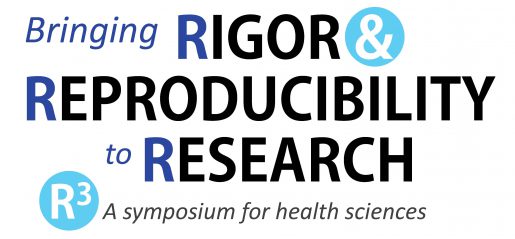 On September 22, the Health Sciences Library System and Department of Biomedical Informatics hosted the symposium “Bringing Rigor and Reproducibility to Research.” Over 100 people attended to hear the featured speaker, Victoria Stodden, speak about facilitating reproducibility of computational results. She was followed by a panel discussion from
On September 22, the Health Sciences Library System and Department of Biomedical Informatics hosted the symposium “Bringing Rigor and Reproducibility to Research.” Over 100 people attended to hear the featured speaker, Victoria Stodden, speak about facilitating reproducibility of computational results. She was followed by a panel discussion from 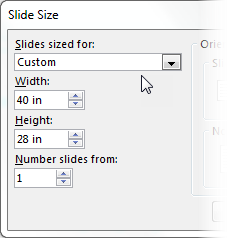 PowerPoint slides can be scaled up to 56 inches in both width and height. In PowerPoint 2013-2016, under the Design tab, click on the Slide Size button and choose Custom Slide Size to set your height and width. If you want a to create a larger poster, such as 3.5 feet tall by 5 feet wide, scale down your dimensions to 28 by 40 inches, and when you have your poster printed, ask for it to be enlarged by 150%.
PowerPoint slides can be scaled up to 56 inches in both width and height. In PowerPoint 2013-2016, under the Design tab, click on the Slide Size button and choose Custom Slide Size to set your height and width. If you want a to create a larger poster, such as 3.5 feet tall by 5 feet wide, scale down your dimensions to 28 by 40 inches, and when you have your poster printed, ask for it to be enlarged by 150%.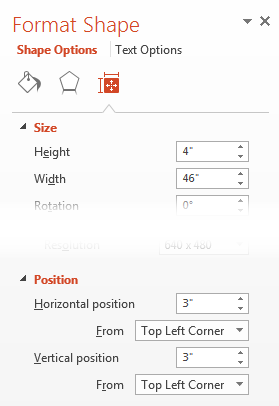 Your margins are set by the size and placement of your content areas, which can be found in the Format Shape pane. Right-click on any shape to pull up the Format Shape pane, and select the Size and Properties tab. Use the precise sizing and position options to accurately place your content in a layout. Objects can also be aligned or distributed equally through the Drawing Tools tab.
Your margins are set by the size and placement of your content areas, which can be found in the Format Shape pane. Right-click on any shape to pull up the Format Shape pane, and select the Size and Properties tab. Use the precise sizing and position options to accurately place your content in a layout. Objects can also be aligned or distributed equally through the Drawing Tools tab.